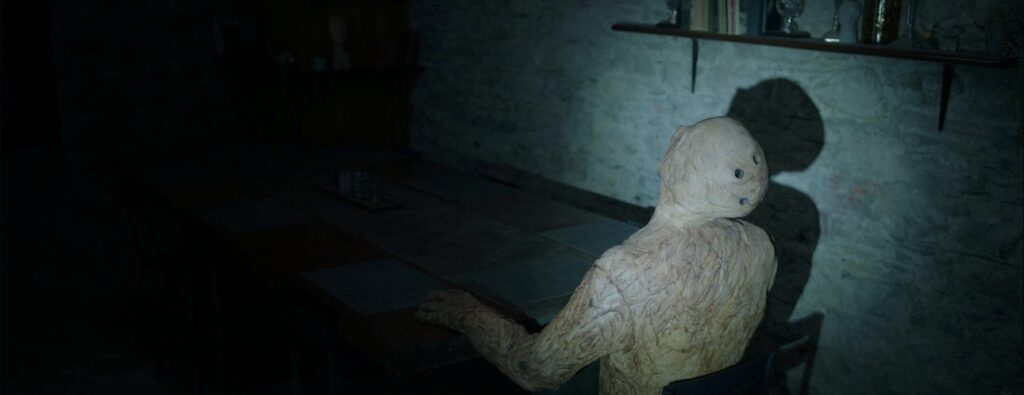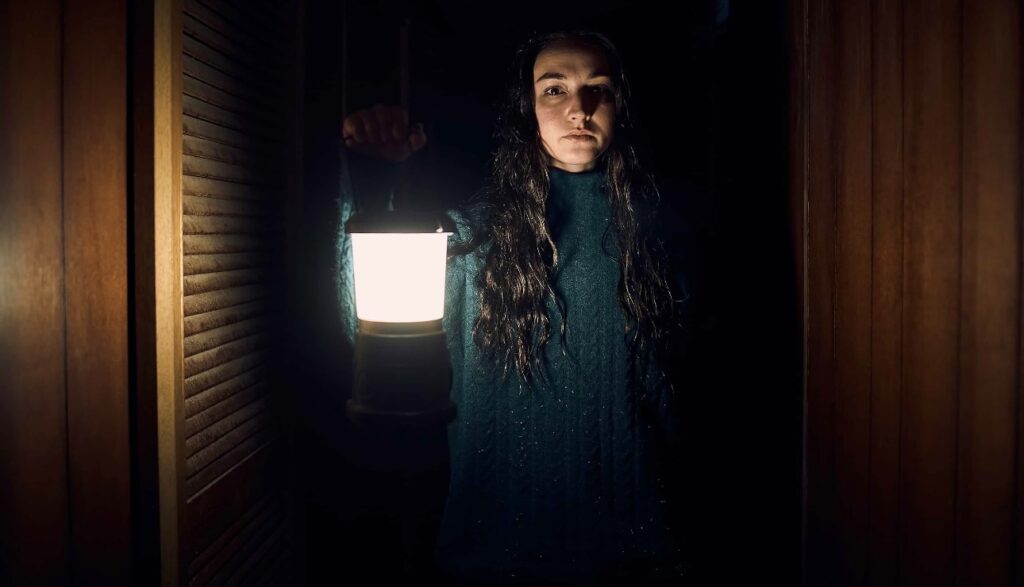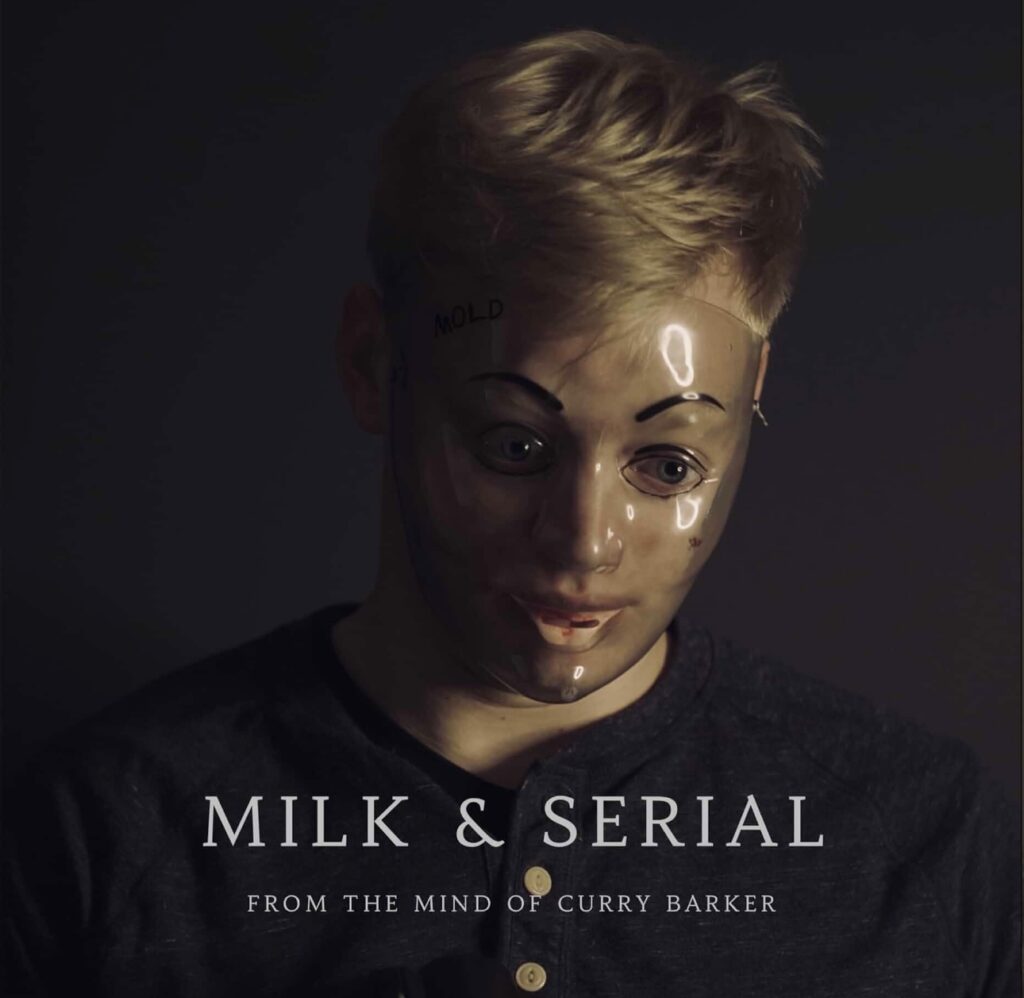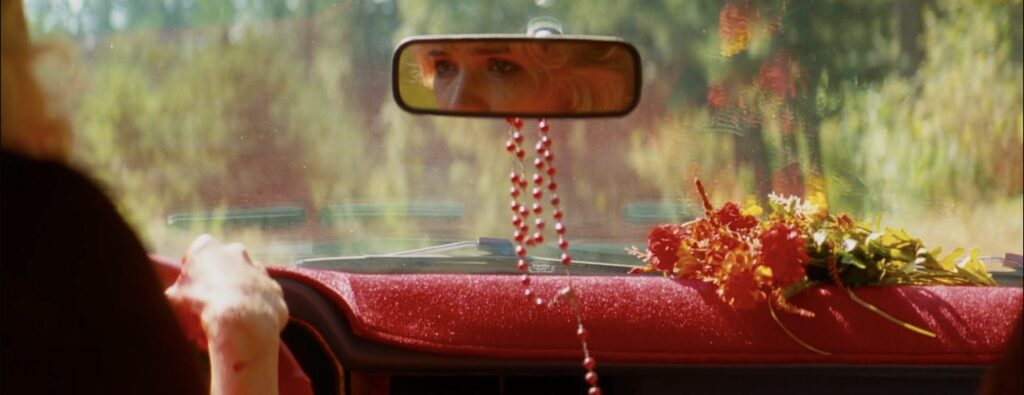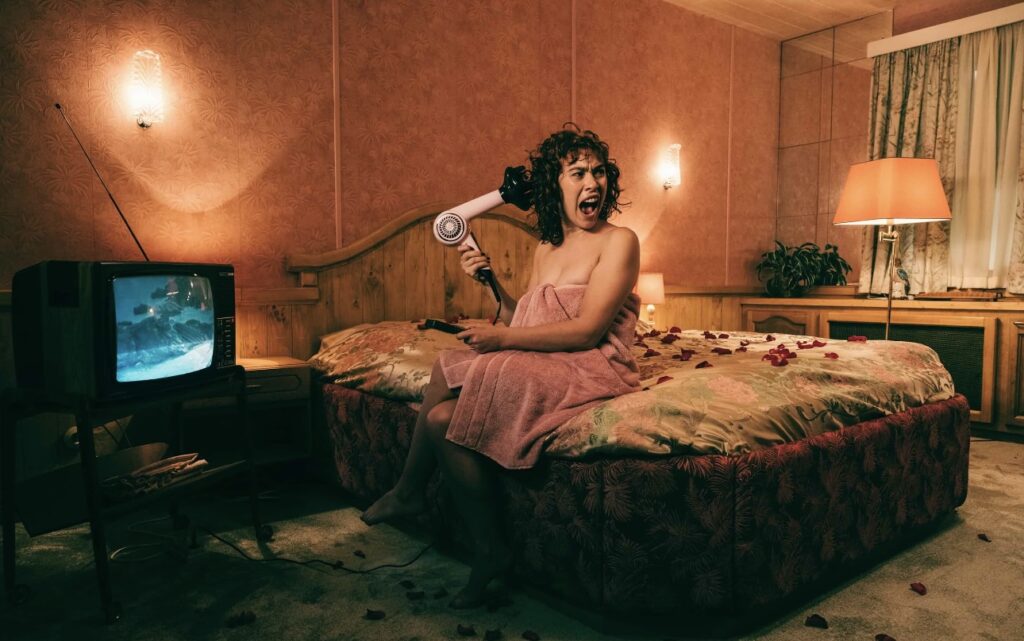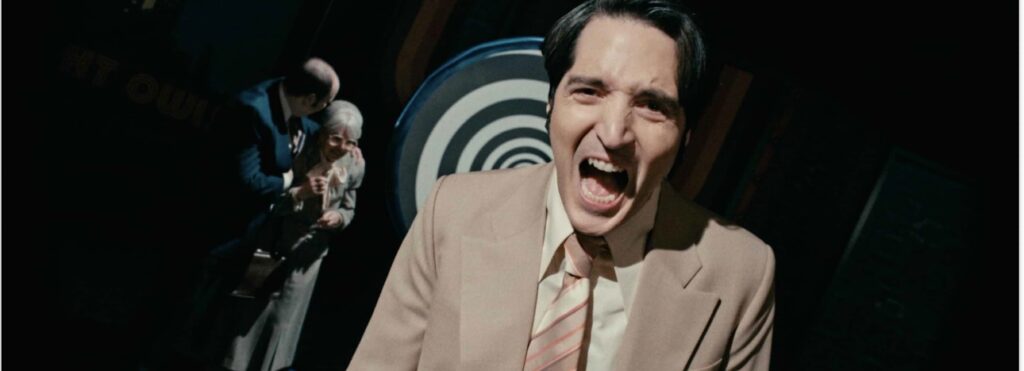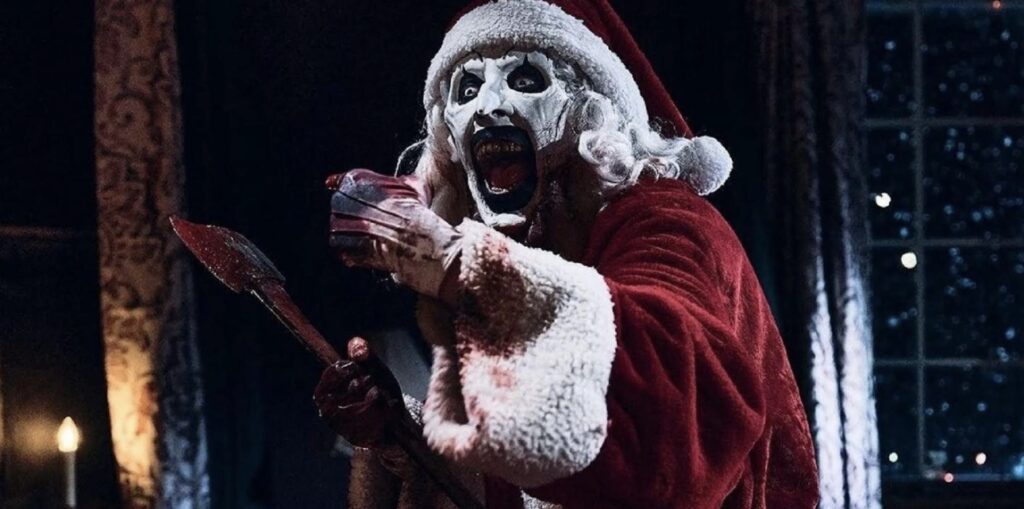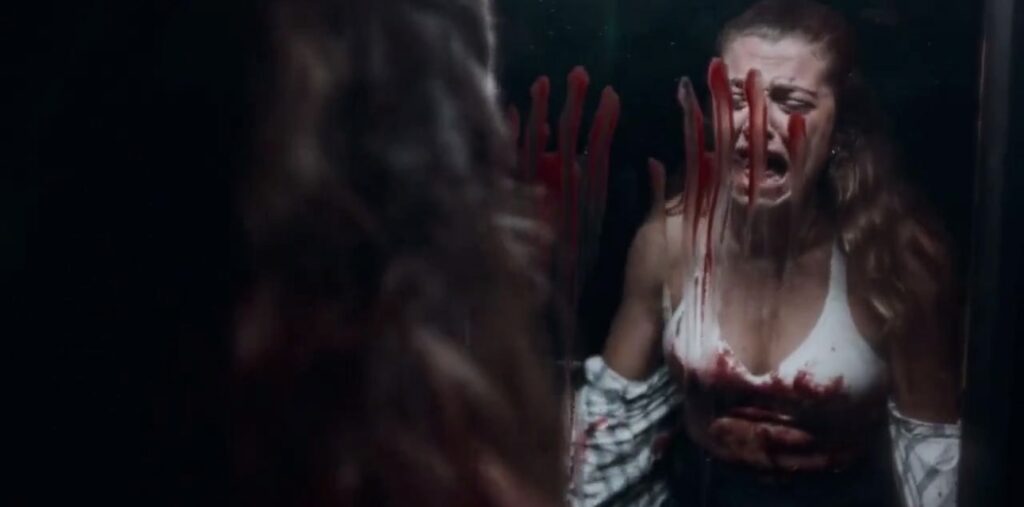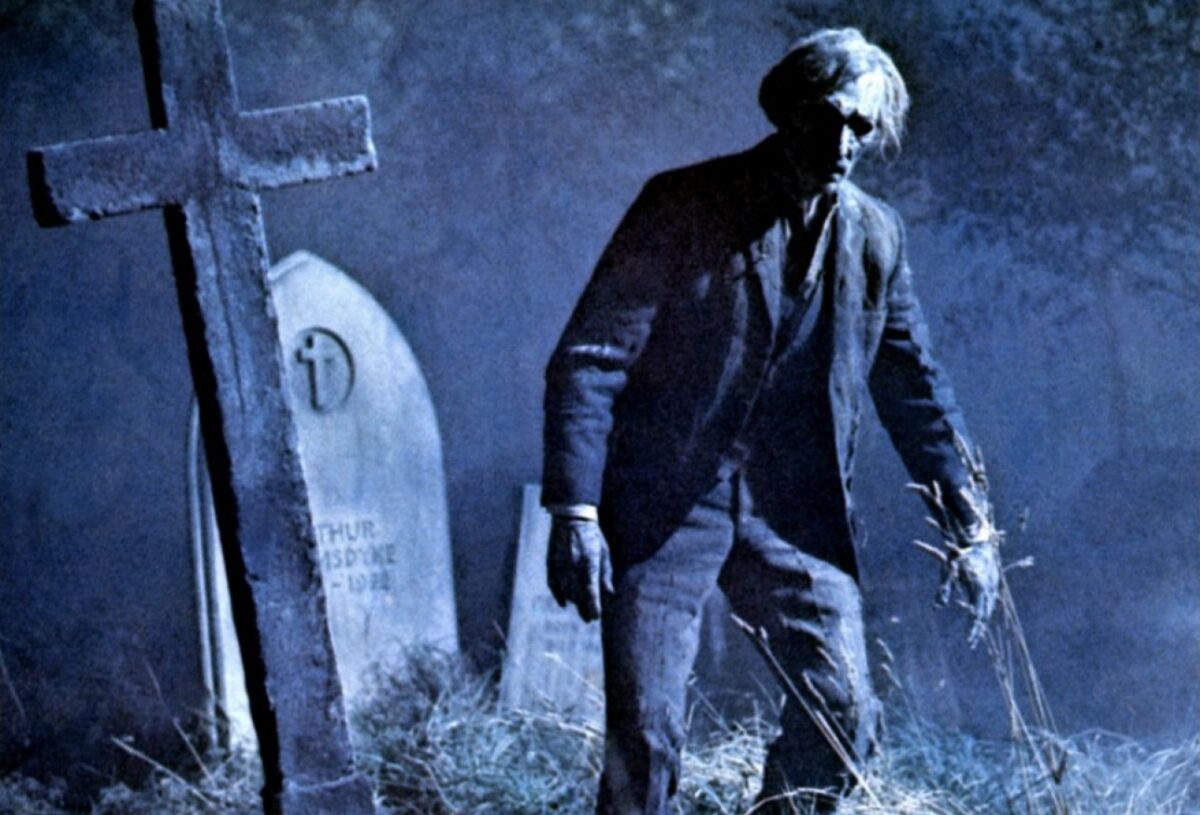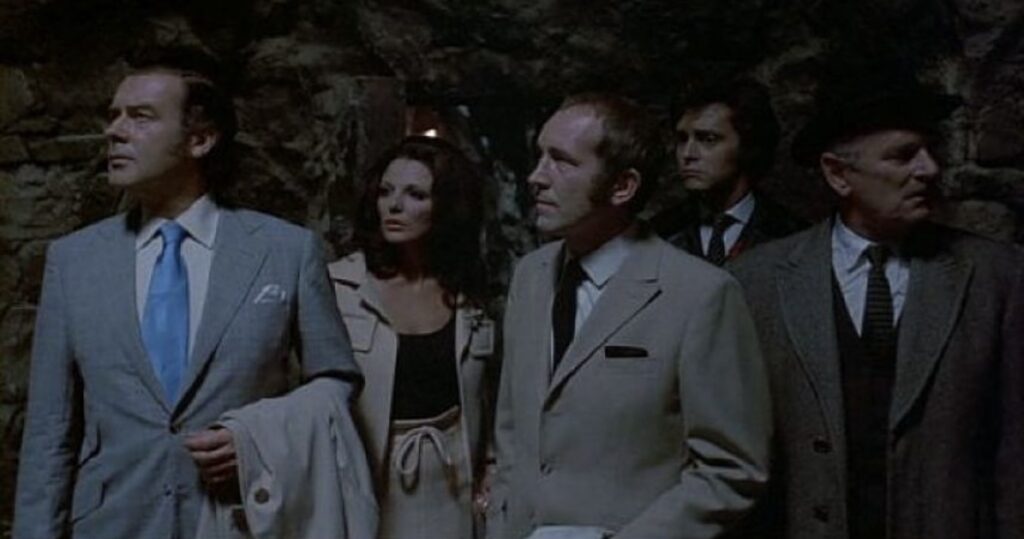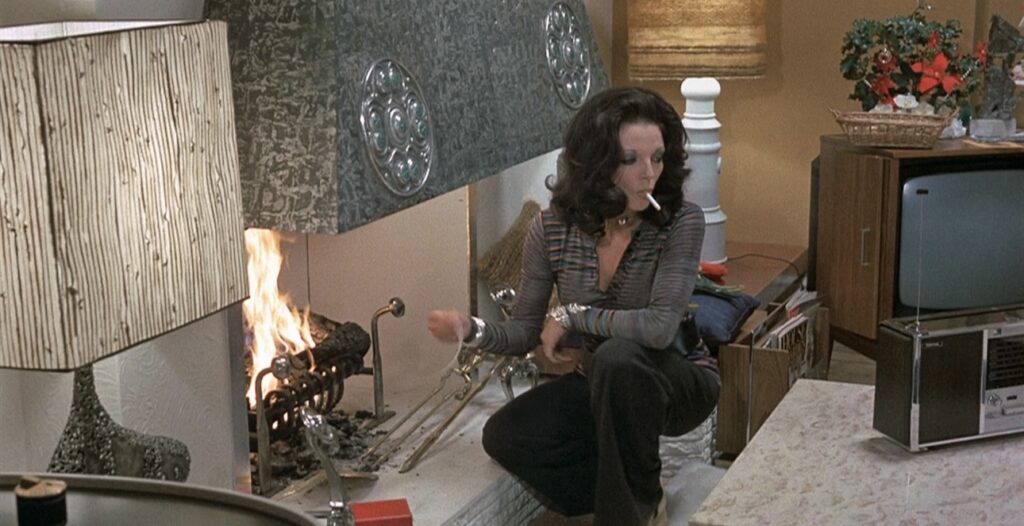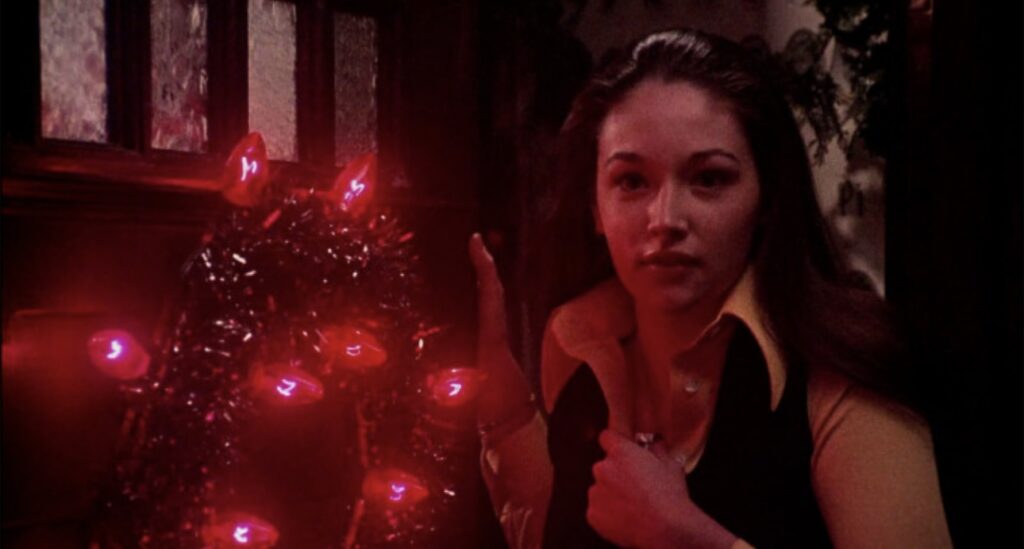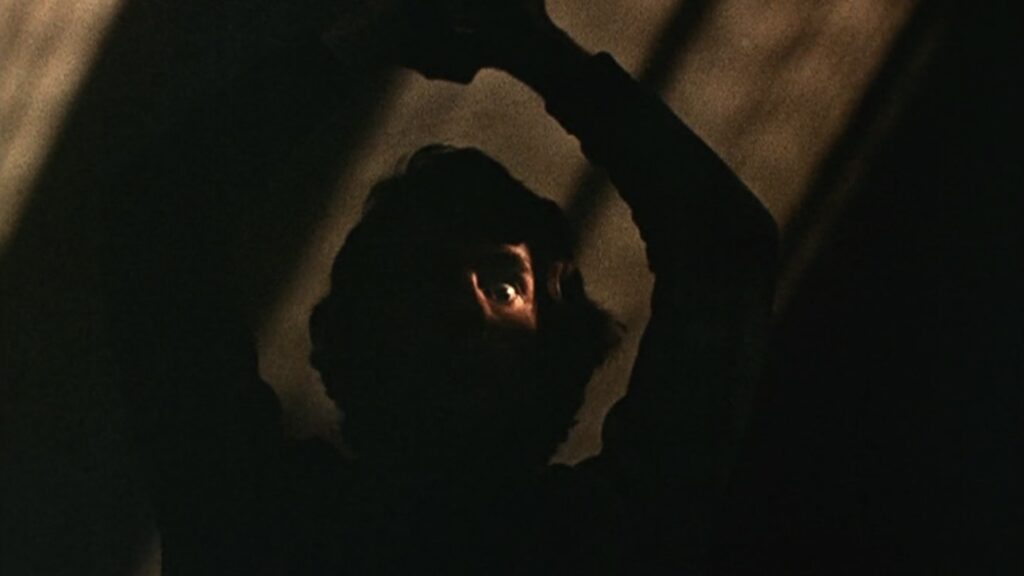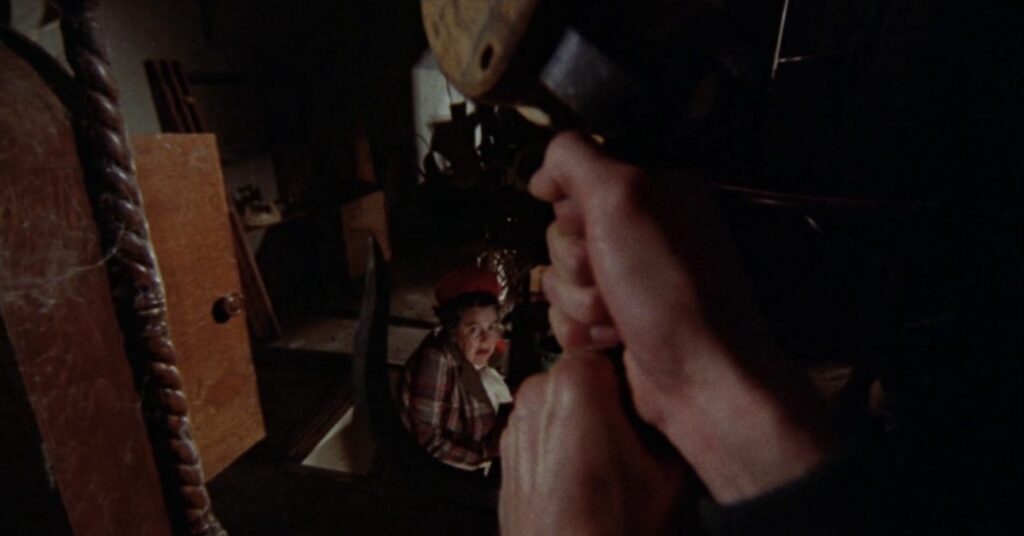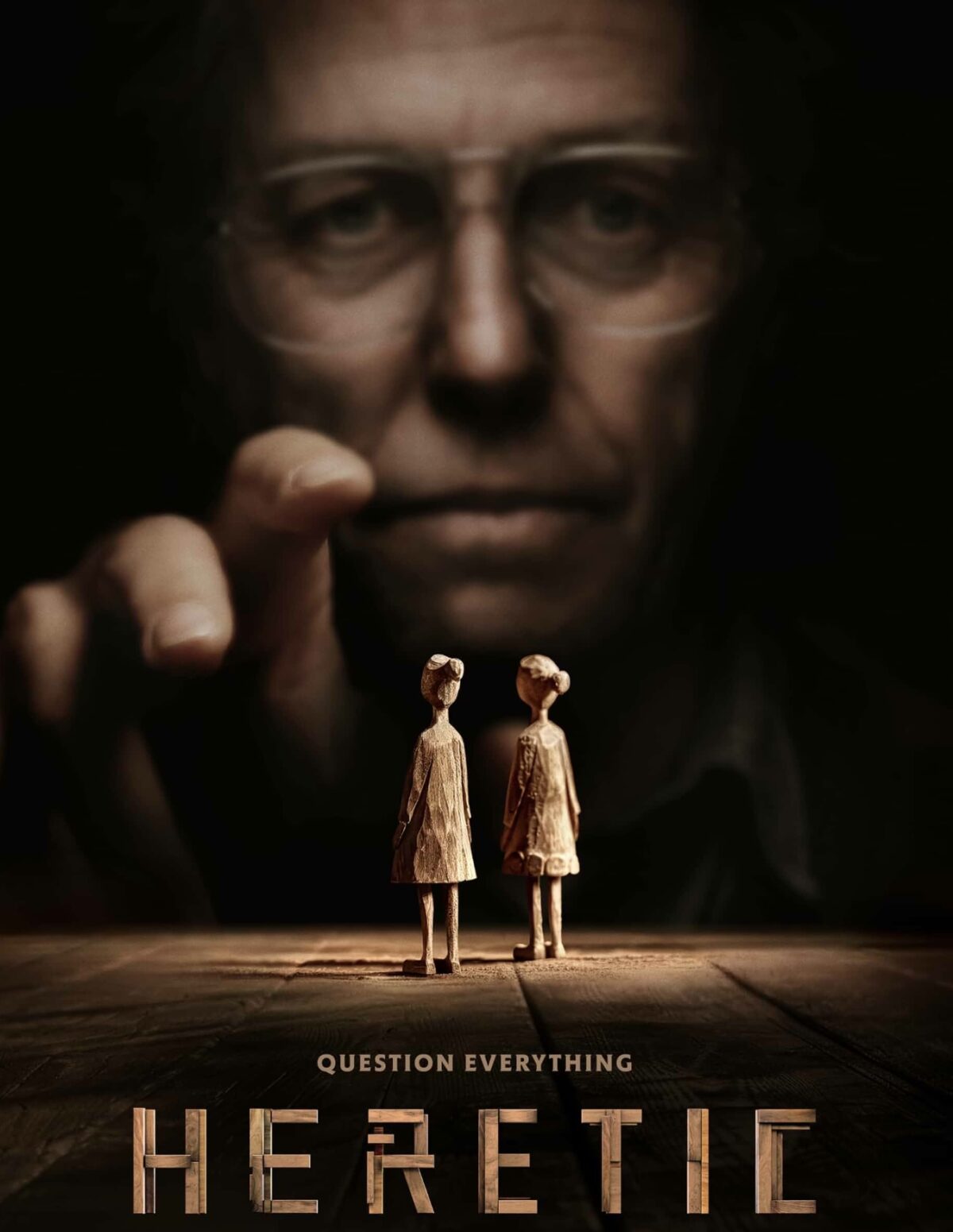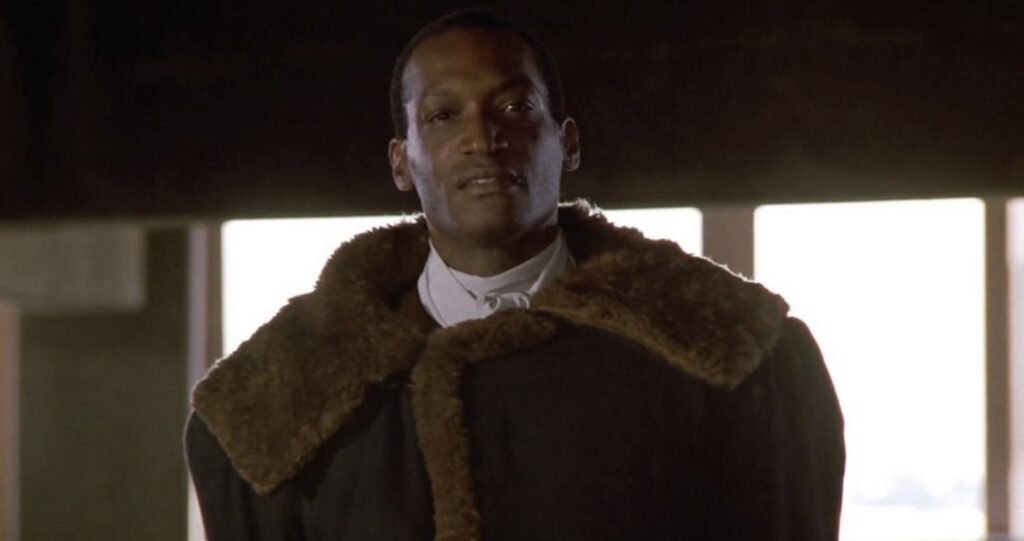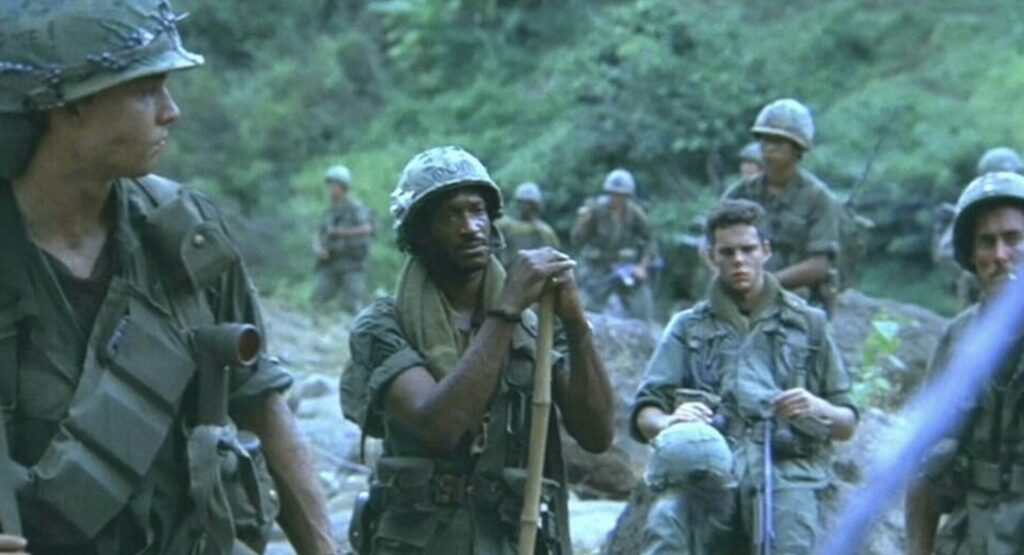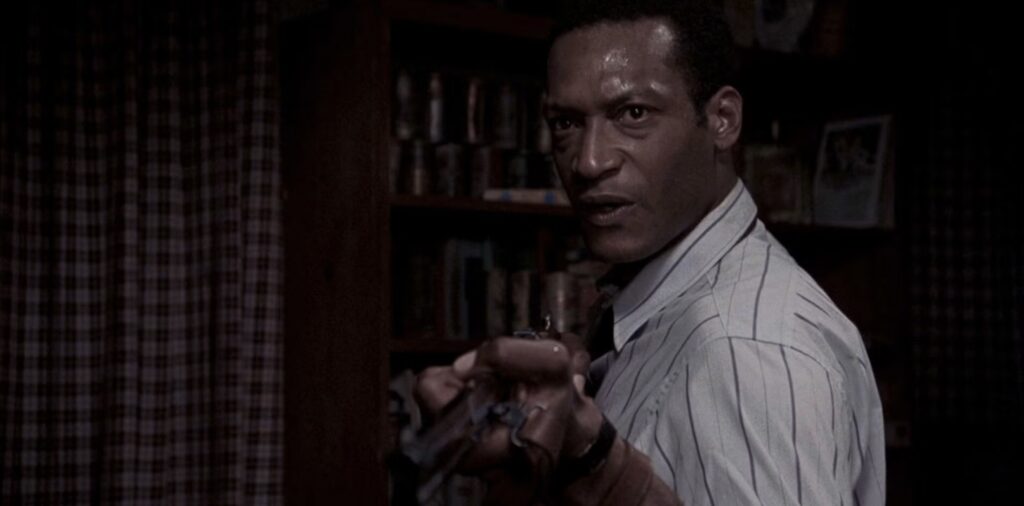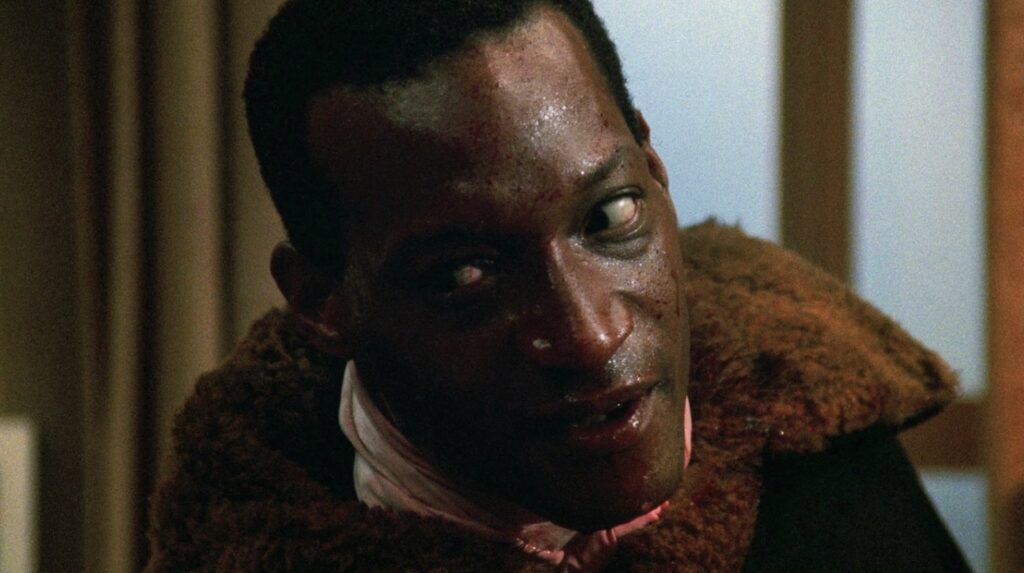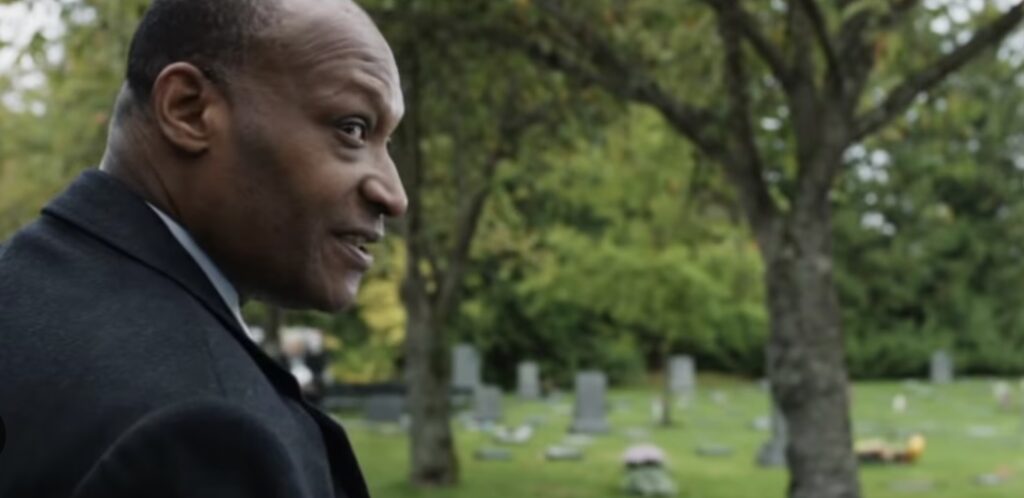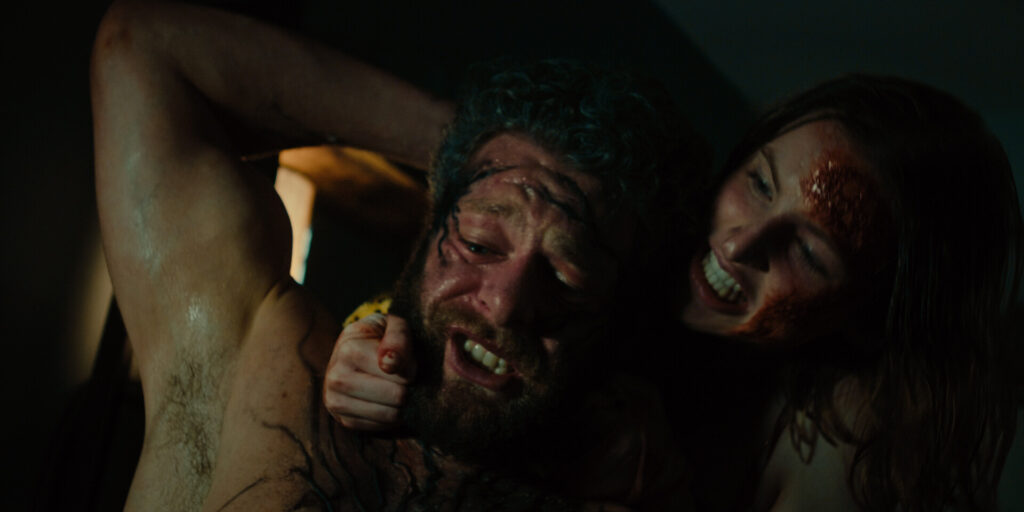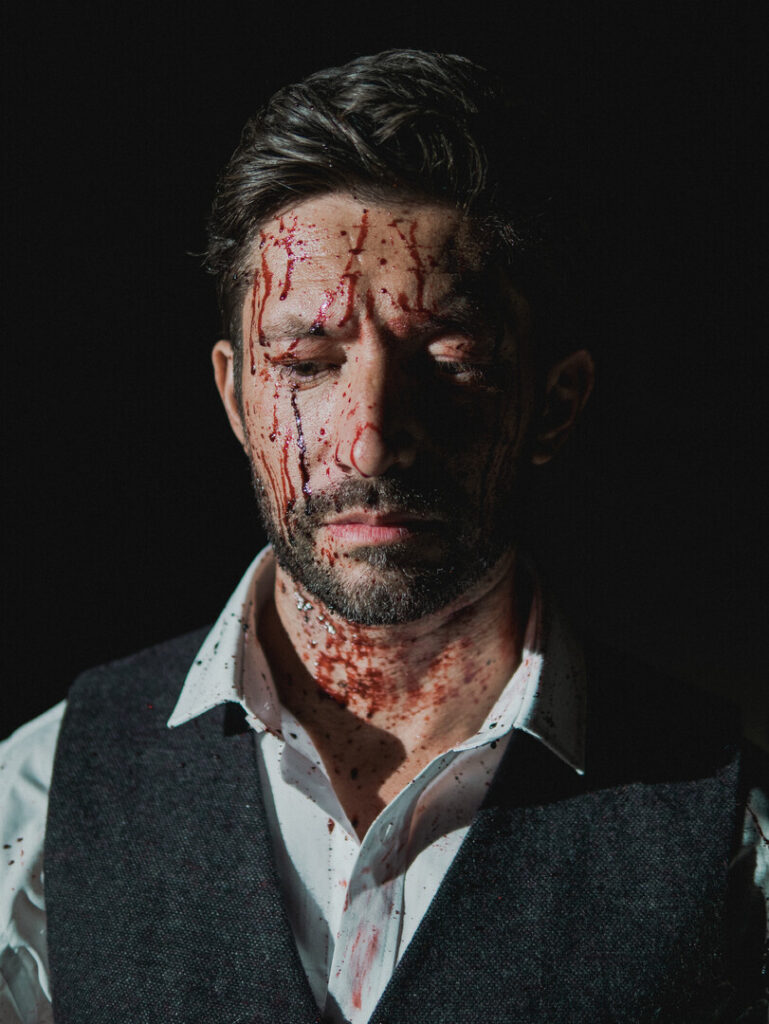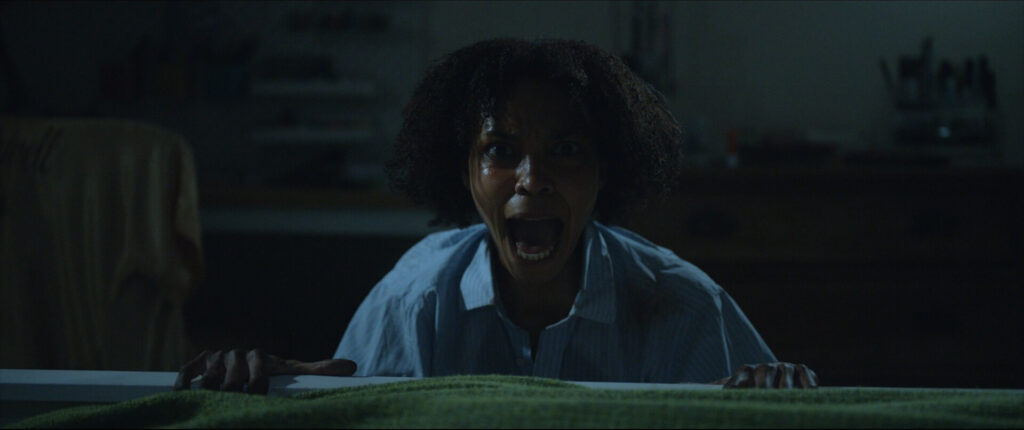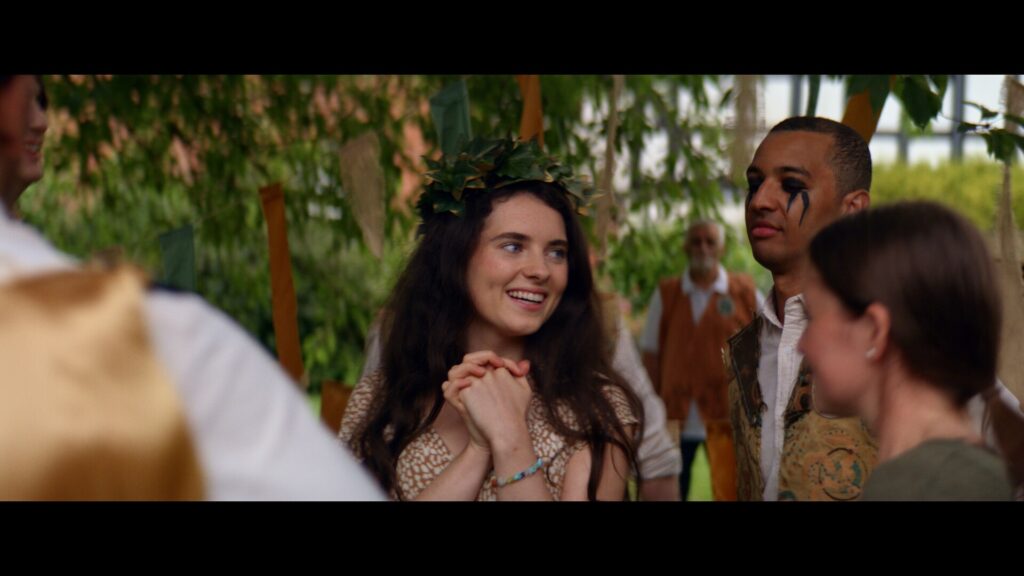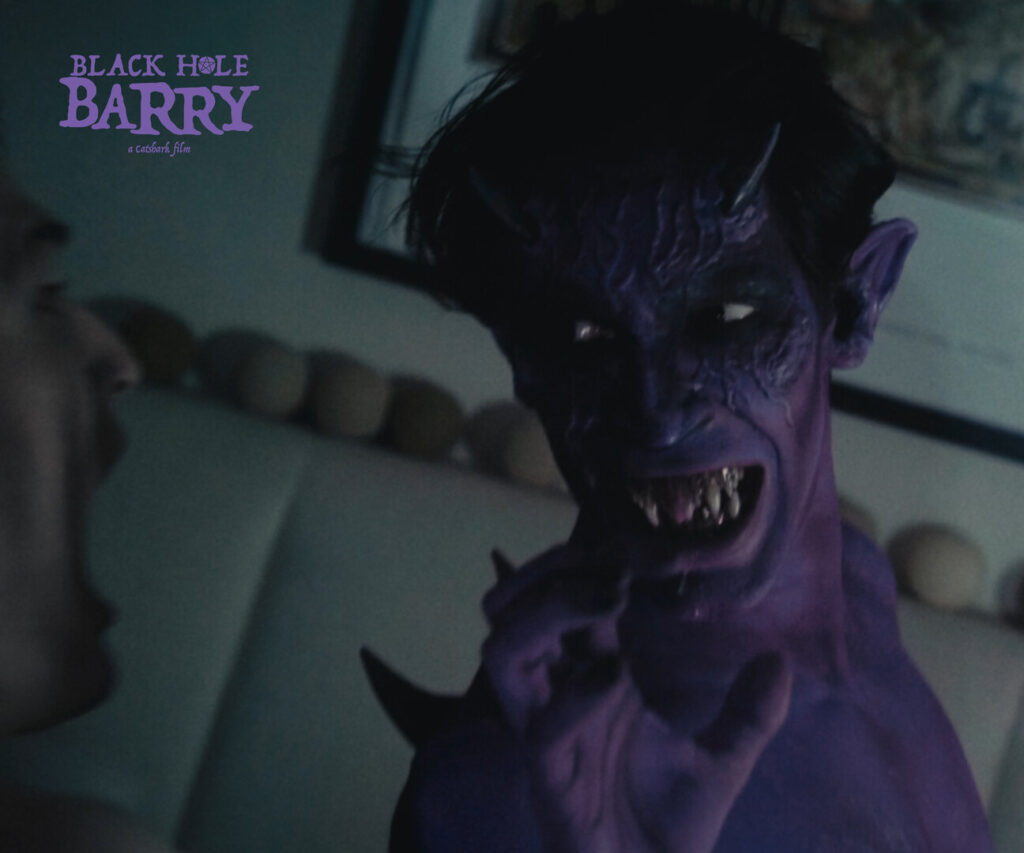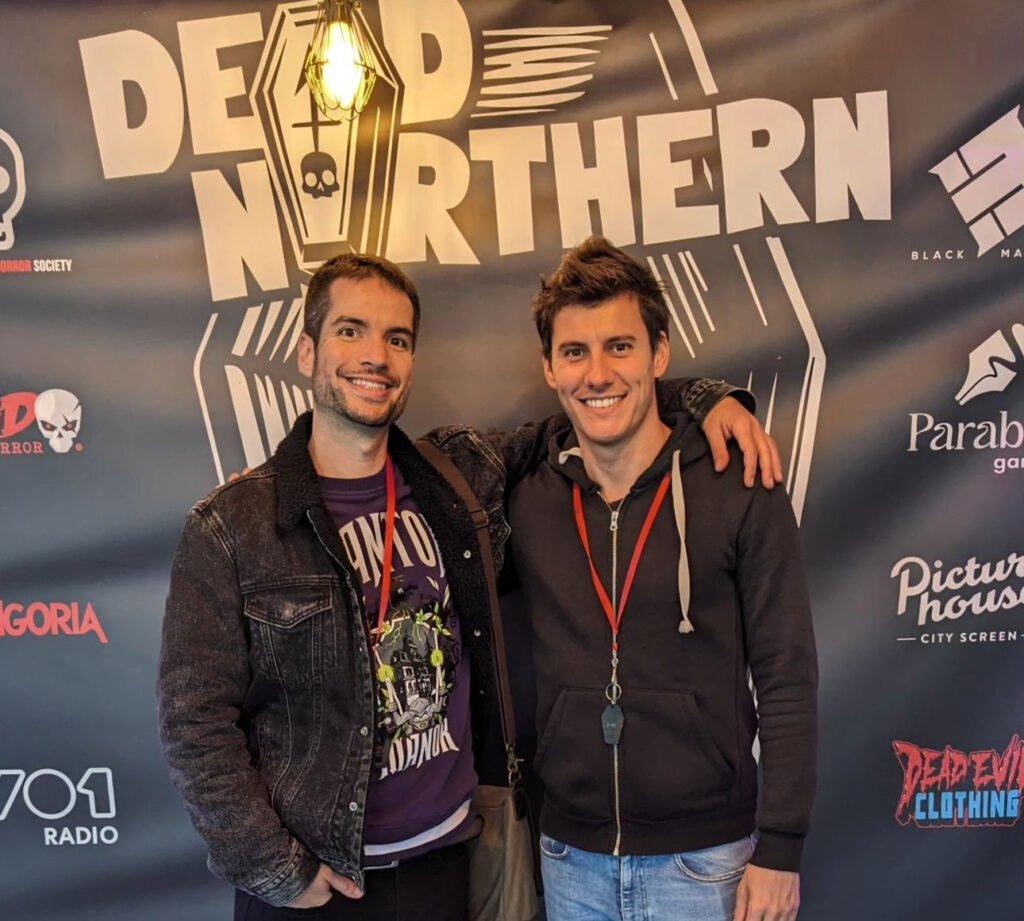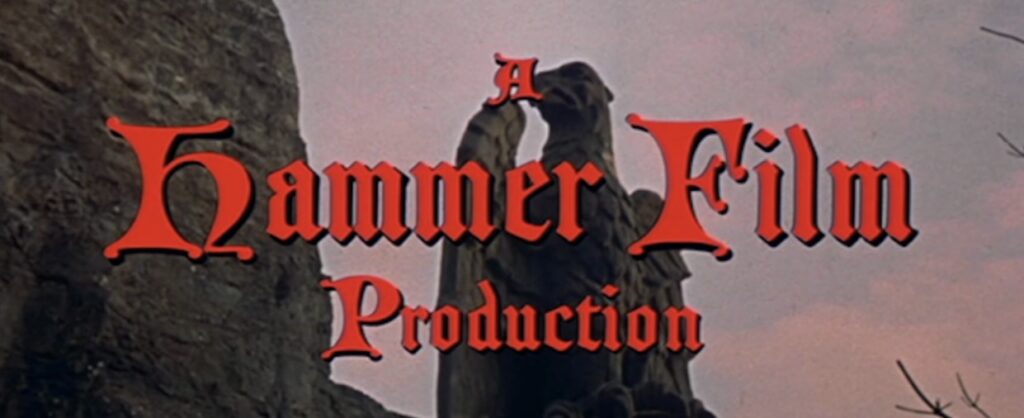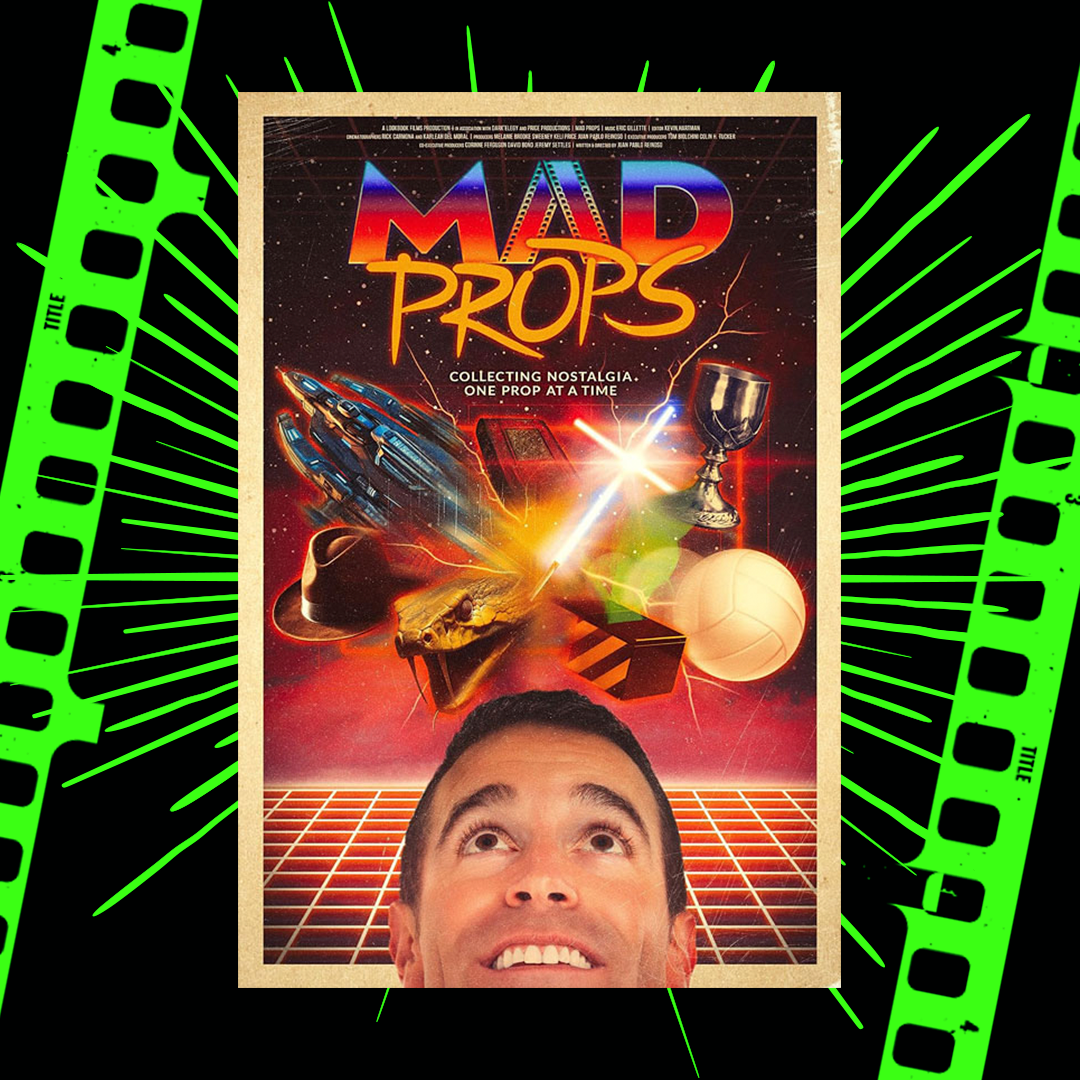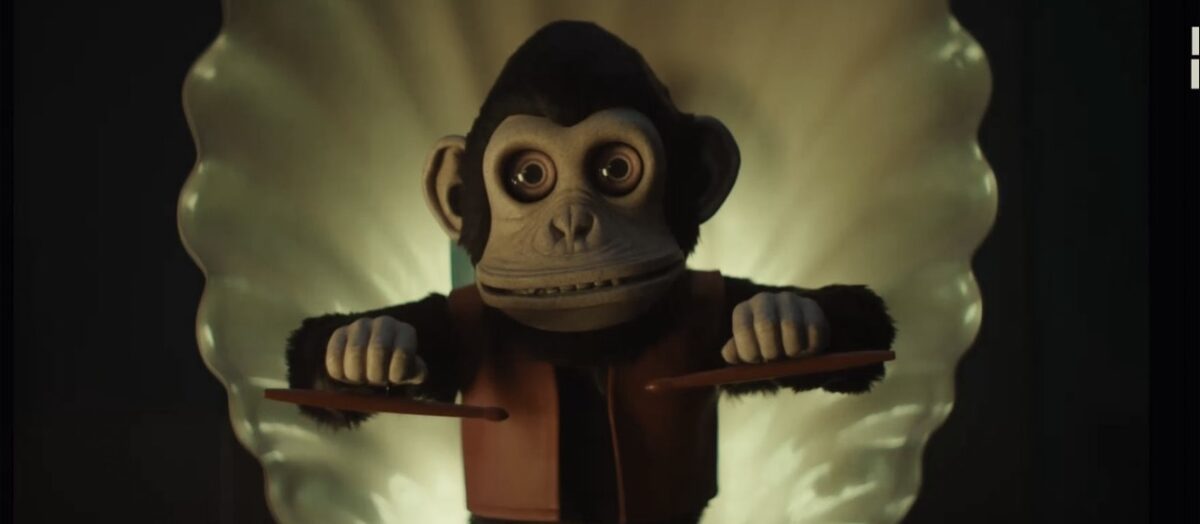
Presence (Directed by Steven Soderbergh)
Expected release date: 24th January
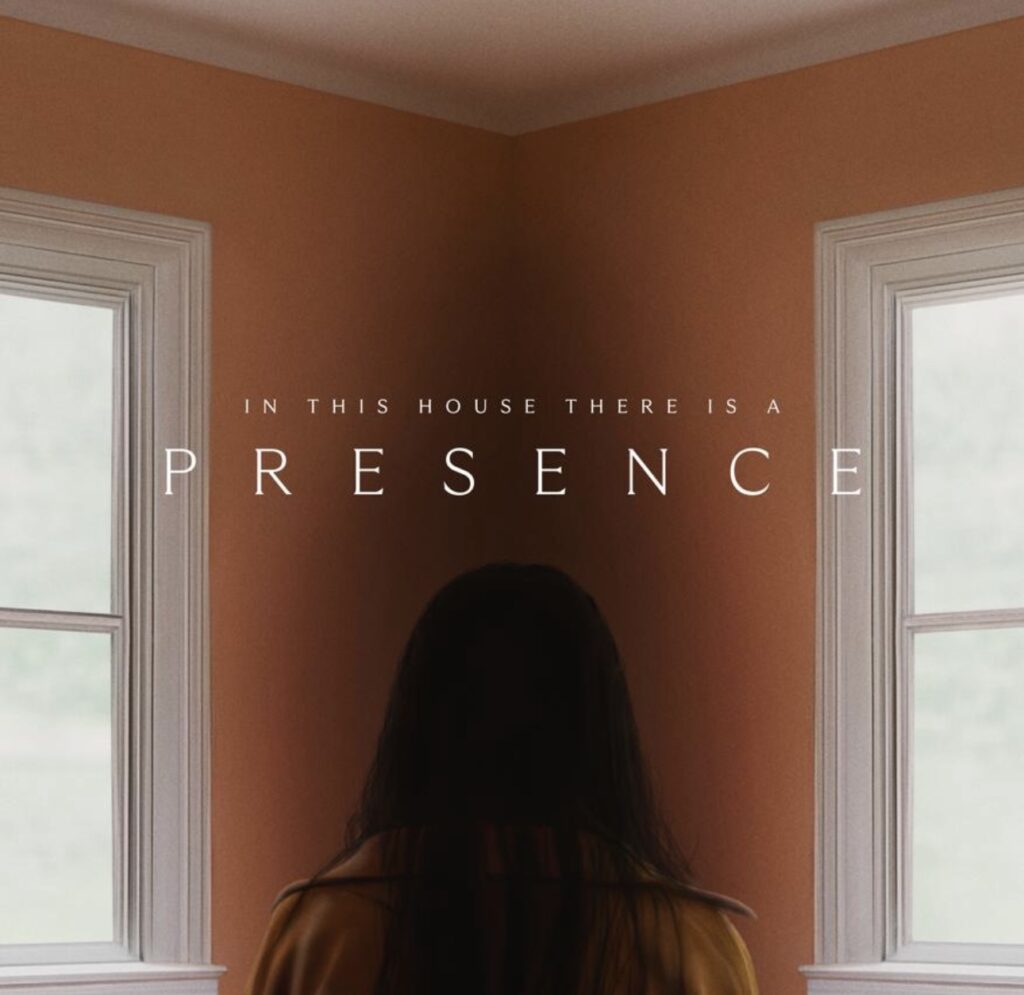
This upcoming atmospheric chiller comes from the mind of the great Steven Soderbergh, whose previous award-winning credits include hits such as Sex, Lies and Videotape (1989), Erin Brockovich (2000), and more recently, Unsane (2018). Presence takes place from the perspective of a ‘ghost’, as the family it watches slowly becomes convinced that their new quaint, suburban home is haunted by a mysterious presence. The execution of this unique idea was said to have caused a stir at its Sundance Film Festival premiere, with a handful of audience members unable to take the heat of this unnerving horror.
Companion (Directed by Drew Hancock)
Expected release date: 31st January
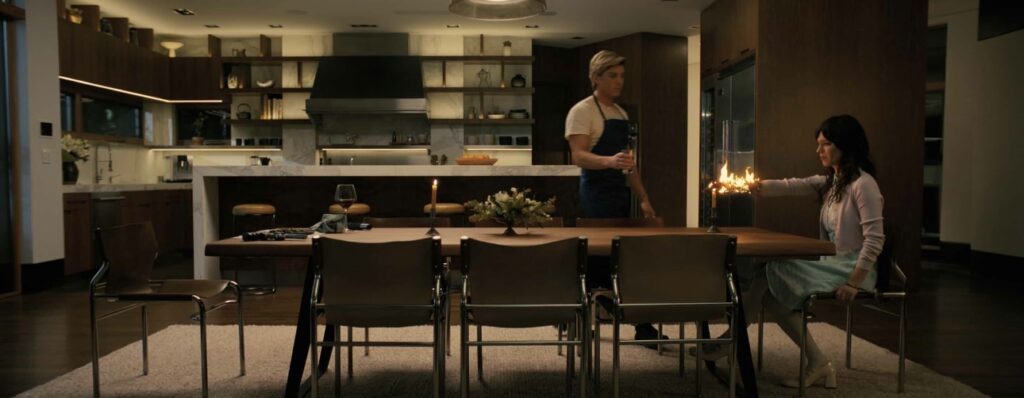
The promotional material for Companion has a similar ambience to that of Don’t Worry Darling (2022) and Fresh (2022) in that it initially presents itself as a romantic vision with a unique blend of coquette, vintage quaintness, only to unravel and reveal a treacherously dark underbelly. Although a visual treat, the trailer keeps the plot under wraps, revealing only a trickle of information, including lead characters Jack Quaid and Sophie Thatcher’s interesting interaction. As such, Companion is certainly one to watch.
Heart Eyes (Directed by Josh Ruben)
Expected release date: 7th February

2025 is the year that Valentine’s Day finally gets another major slasher release to its name. This time around, the lovey-dovey holiday is set to get dark with Heart Eyes, an R-rated gore fest! The film’s teasers have revealed the cinematic lore of “Heart Eyes”, an in-movie killer who has made Valentines a murderous occasion for a small town, stalking and killing couples. Presumably, the film is set to be a typical, yet hopefully exciting classic cat-and-mouse slasher that instigates some corny, mindless fun.
The Monkey (Directed by Osgood Perkins)
Expected release date: 21st February

Many are waiting on tenterhooks to see what Longlegs (2024) director, Osgood Perkins, is up to next, with his distinctive style making him all the rage in the horror realm. His latest feature, The Monkey is based on the Stephen King short of the same name (1980), which follows a cursed monkey toy and the havoc it wreaks. The film adaptation develops the unsettling idea by implementing a darkly comedic spin that gives credence to the wackiness of a haunted toy, whilst still injecting a gruesome flair of bloodied terror.
Sinners (Directed by Ryan Coogler)
Expected release date: 18th April

Frequent collaborators Ryan Coogler and Michael B. Jordan join forces once again, with Sinners, which marks both of their horror debuts. Sinners follows twin brothers (Jordan), as they return to their hometown for a fresh start, only to find that a greater evil lies in wait. If the sheer premise was not enticing enough, the film’s trailer oozes an ominous charm that unveils a string of terrifying glimpses into this 1930s-set thriller.
Until Dawn (Directed by David F. Sandberg)
Expected release date: 25th April
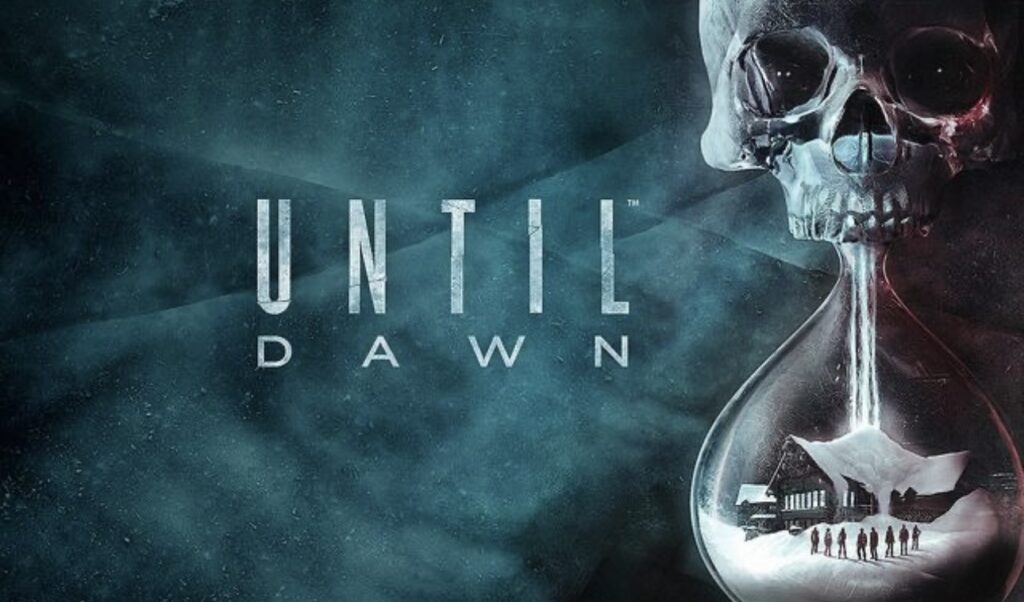
This long-awaited adaptation of the smash hit video game Until Dawn (2015) is finally upon us, with the film set for a late April release. Despite the date closing in, information is sparse, but if the source material is anything to go by, the slasher-like plot chronicles a group of friends who retreat to a ski lodge to commemorate the anniversary of their friend’s mysterious disappearance, however, they soon discover that they are not alone.
28 Years Later (Directed by Danny Boyle)
Expected release date: 20th June

Zombies have never been scarier than in 28 Days Later (2002) and its sequel 28 Weeks Later (2007 [particularly that opening scene!]). The rapid, glazed-eyed, bloody-mouthed, frenzied creatures from the ‘28’ world are nothing short of pure nightmare fuel. However, the wretched zombies from its predecessors have nothing on the damned in the upcoming 28 Years Later. Creator, Danny Boyle returns to the directing chair, alongside writer Alex Garland, delivering what is sure to be another fantastic zombie film unlike any other. The time around, the ‘Rage Virus’ is explored nearly thirty years after the outbreak, showcasing how the world violently evolved.
M3GAN 2.0 (Directed by Gerard Johnstone)
Expected release date: 27th June

Despite M3GAN (2022) being quite negatively received in terms of its cinematic merit, the film was a financial success, essentially taking home quadruple its budget. Therefore it is to no one’s surprise that the viral dancing, animatronic doll is back in the upcoming sequel M3GAN 2.0. No plot details have been revealed, yet, it’s almost certain that the sequel will implore the depths of M3GAN’s mayhem again, causing death and destruction wherever she goes.
The Conjuring: Last Rites (Directed by Michael Chaves)
Expected release date: 5th September
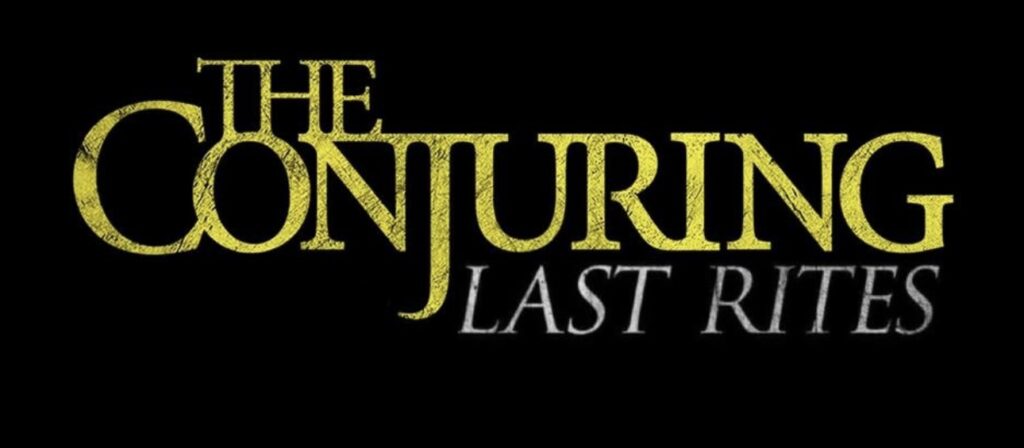
With the upcoming release, The Conjuring Universe will be nine films deep, with this entry being the supposed last film of the series. Continuing with the series, Last Rites will once again show part demon-busting team, part married couple Ed (Patrick Wilson) and Lorraine (Vera Farmiga) Warren pull together to investigate and destroy a mysterious evil entity.
Him (Directed by Justin Tipping)
Expected release date: 19th September
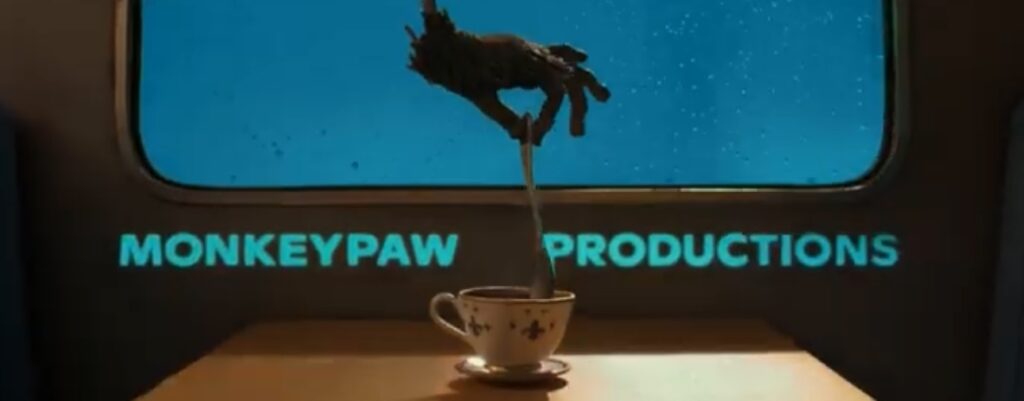
Produced by Jordan Peele’s Monkeypaw Productions and directed by Justin Tipping is Him, a sports-themed horror movie starring the brilliant, Marlon Wayans. Him follows the journey of a young footballer who joins a training programme at an isolated compound run by a dynasty team’s former quarterback. The totally unique and refreshing premise is enough to make Him a definite entry on 2025’s calendar.
Saw XI (Directed by Kevin Greutert)
Expected release date: 27th September
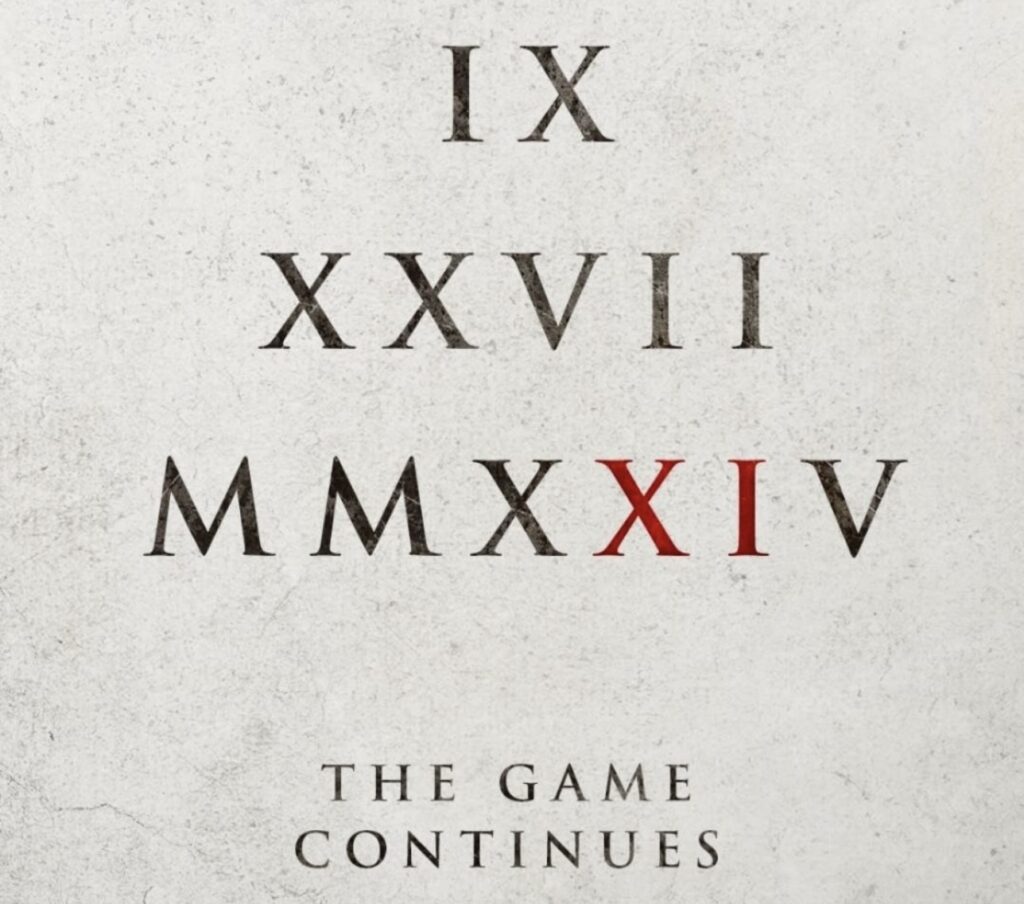
Saw XI sees Tobin Bell reprise his role as John Kramer aka ‘The Jigsaw Killer’ who acts with a twisted moral conscious to enact the most torturous traps. The film is set to be a direct sequel to its predecessor, Saw X (2023), which was also directed by Kevin Greutart. The finite details of the story are yet to be released, but it has been confirmed that the film will tiptoe into the origins of the dealt traps that Jigsaw leaves in his reign of terror.
The Black Phone 2 (Directed by Scott Derrickson)
Expected release date: 17th October
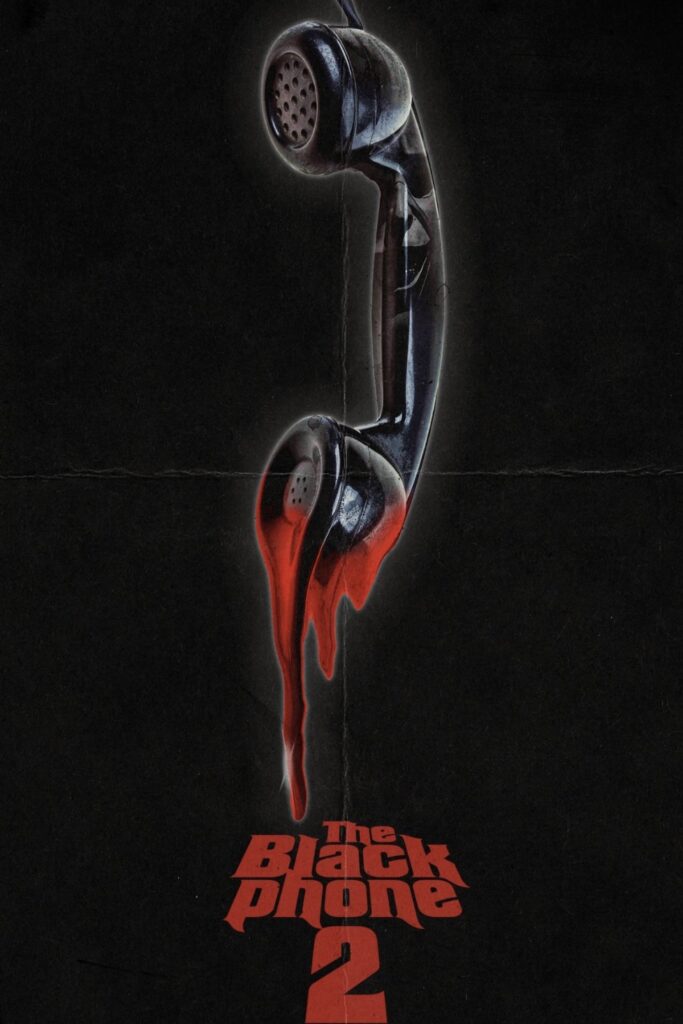
The box office success, The Black Phone (2021) saw a young boy trapped in a basement by ‘The Grabber’ (Ethan Hawke), whilst we all watched in trepidation as he underwent the relentless pursuit for escape. The film concluded with an open end regarding The Grabber’s survival, leaving the perfect gap for a sequel to ensue and answer the many burgeoning questions that the first film’s ambivalent ending. Most of the cast are reprising their roles in the upcoming sequel, including the potty-mouthed Gwen (Madeline McGraw), her brother and previous abductee, Finney (Mason Thames), and most excitedly, The Grabber himself, played by the excellent Ethan Hawke.
Nosferatu (Directed by Robert Eggers)
Release date: 1st January

2025’s first theatrically released horror of the year, Nosferatu, is already off to a fantastic start, with positive reviews gushing over the film’s excellence spawning from every outlet. The film is a bold remake of F.W. Murnau’s classic vampire silent picture Nosferatu (1922). Although the film comes a whopping 103 years after its source material, Robert Eggers’ remake is deeply gothic, a visual feast and an affective force that brings forth horror in the richest of ways.
Final Destination: Bloodlines (Directed by Zach Lipovsky and Adam B. Stein)
Expected release date: 16th May

After what seems like an infinite amount of time, the long-anticipated sixth entry into the Final Destination franchise has finally obtained a release date. The Final Destination films rely on its formulaic approach of people barely escaping death, only to find themselves running from their demise in the most tense and dire of ways. Whilst the same brutally entertaining sequences of gory ends are bound to make an appearance, it is heavily rumoured that the upcoming franchise entry is anything but predictable as it deviates from its expected plot.
Fear Street: Prom Queen (Directed by Matt Palmer)
Expected release date: TBC
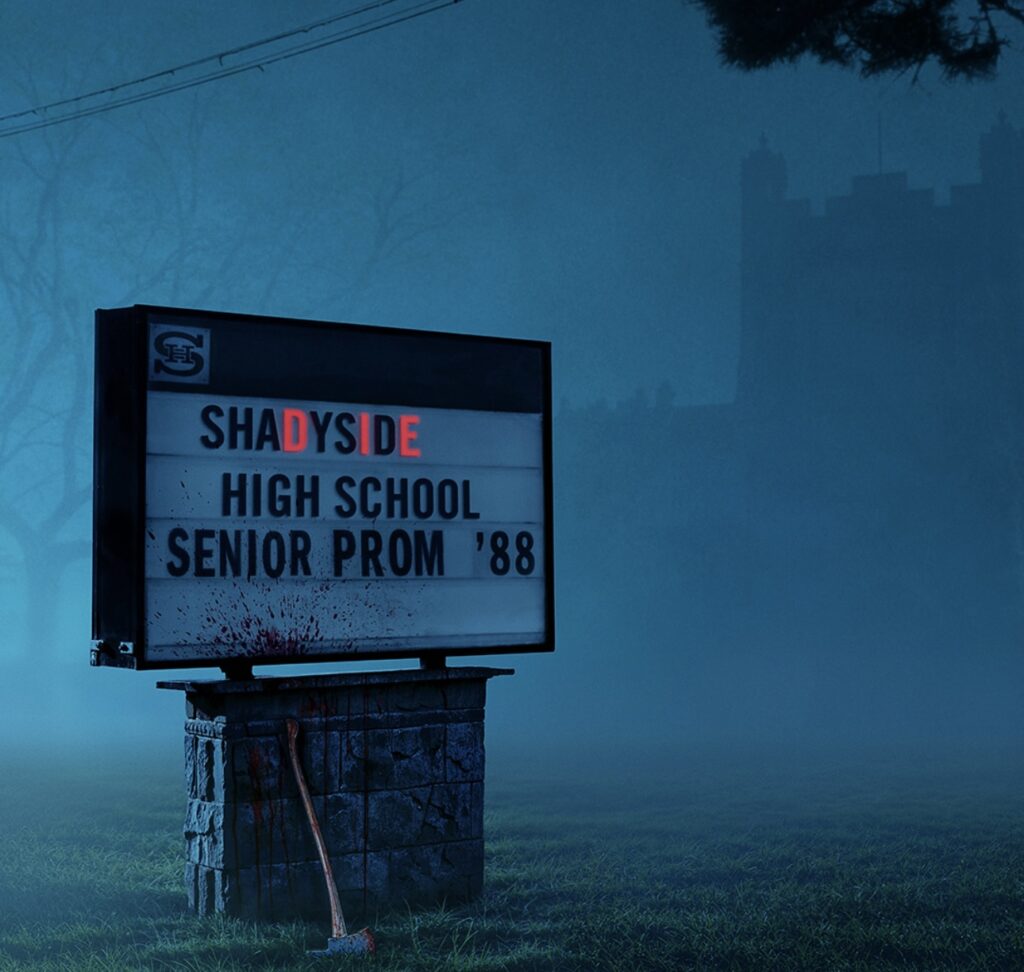
The Fear Street film series, which was based on R.L. Stine’s book series of the same name, made a giant splash, generating quite the buzz. The trilogy of films was released all within a three-week period, akin to that of a TV series, leaving us all waiting for the next chapter. Four years on, the Fear Street series is back, but this time supposedly only one film is being released. The latest film explores the strange disappearances of Prom Queen nominees at Shadyside High, circa 1988.
Frankenstein (Directed by Guillermo del Toro)
Expected release date: TBC
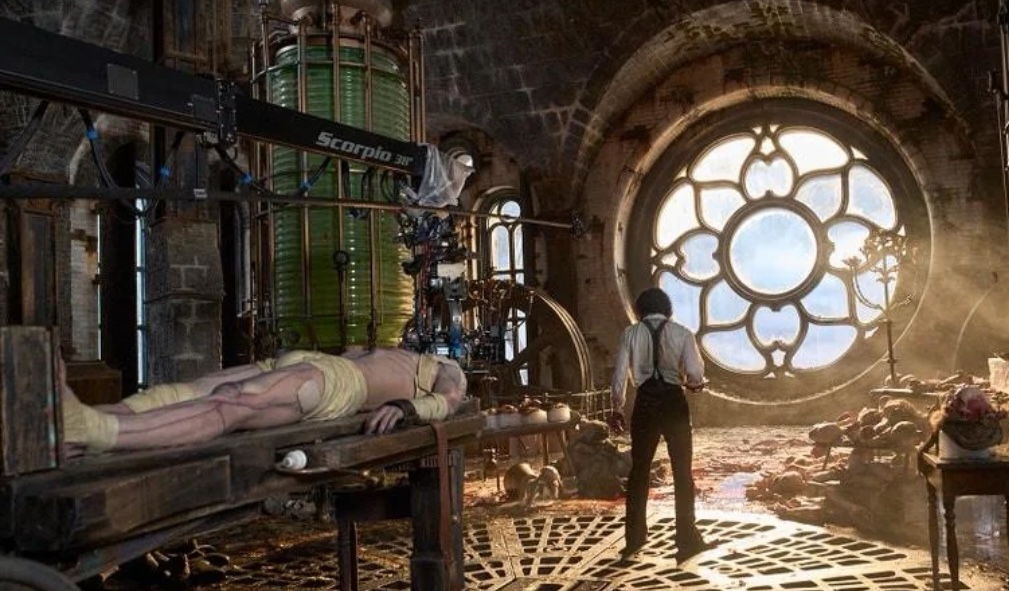
Following in the gothic footsteps of Nosferatu is Academy Award winner Guillermo del Toro’s Frankenstein, a straight to Netflix horror telling the classic story of how a scientist fashions the dead back to life. Frankenstein is equipped with a stellar cast, including; Oscar Isaac, Jacob Eldori, Mia Goth, Christoph Waltz, Lars Mikkelsen and Ralph Ineson. Del Toro has often said that he has been desperate to adapt Frankenstein for as long as he can remember, with the director often commenting on how he specifically wishes to screen the parts of Mary Shelley’s original novel (1818) that are not commonly known.
The Ritual (Directed by David Midell)
Expected release date: 18th April
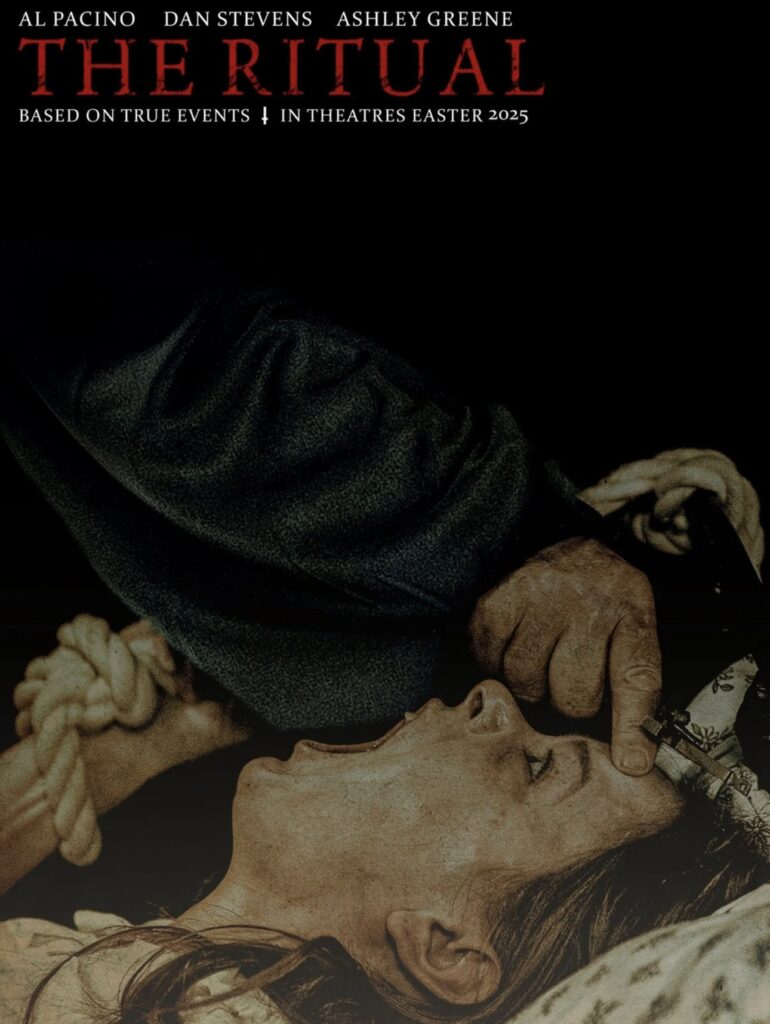
This upcoming exorcist themed feature stars Dan Stevens and Al Pacino as they portray a pair of troubled priests who tackle one hell of an exorcism on a young woman. The film is said to be based on the true story of Emma Schmidt, whose case with the church and demonic possession remains notorious due to her receiving countless ‘treatments’ from the church, from 1912 to 1928.
The Woman in the Yard (Directed by Jaume Collet-Serra)
Expected release date: 28th March
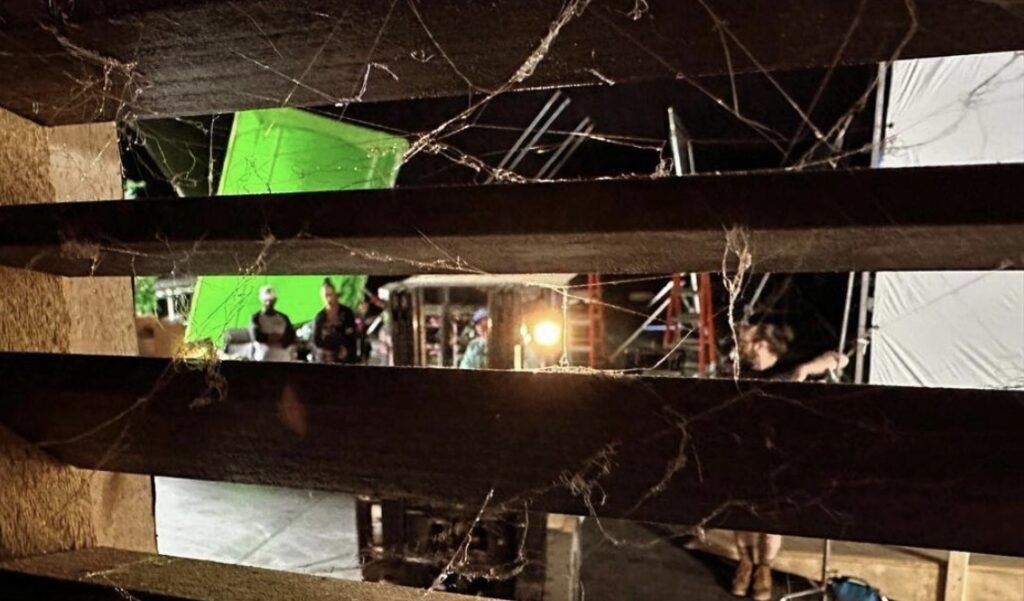
The excellently terrifying title is not the only chilling facet that makes the upcoming feature from Jaume Collet-Serra, The Woman in the Yard, absolutely unnerving, with the film’s synopsis being equally compelling. The upcoming horror follows a family whose life is flipped upside down when an uninvited woman draped in black suddenly appears on their front lawn with an ominous warning.
Drop (Directed by Christopher Landon)
Expected release date: 11th April
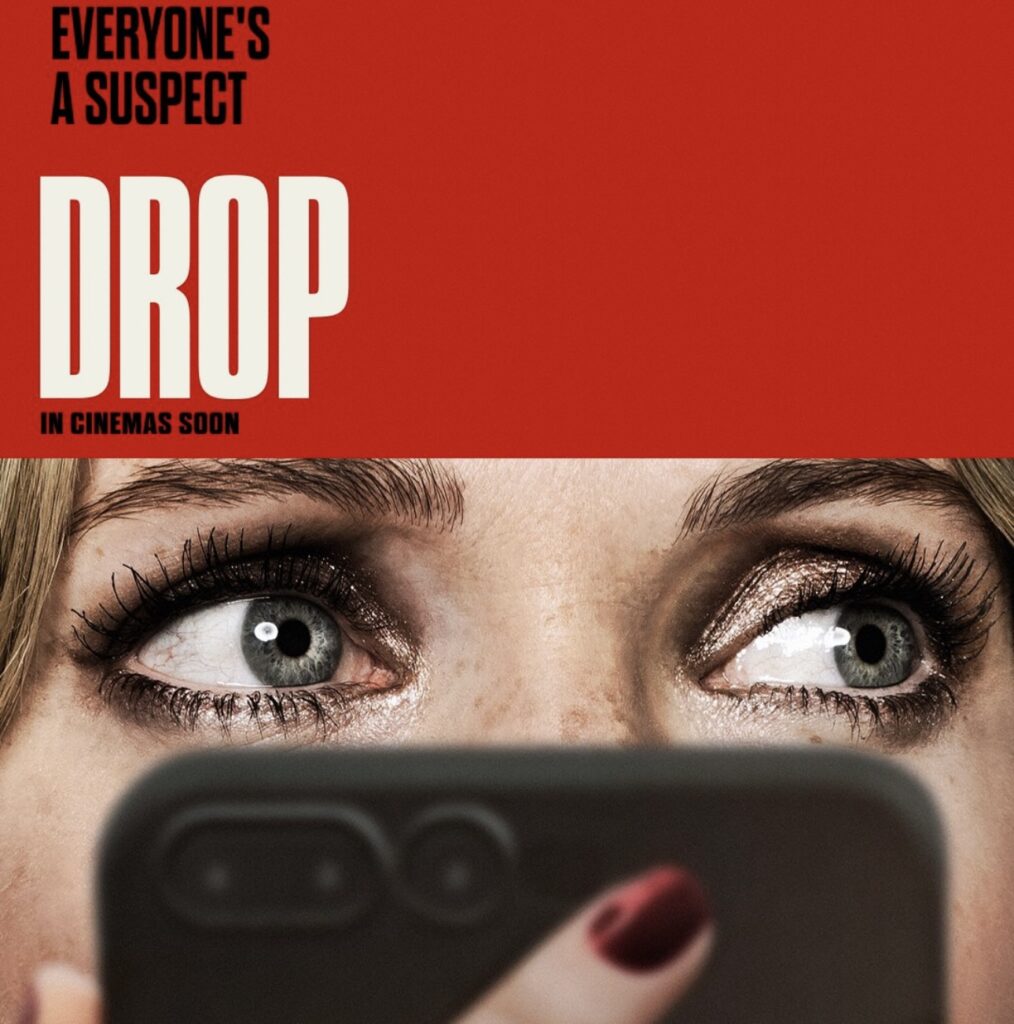
Drop follows a widowed mother (Meghann Fahy) who finally ventures out on a date with the charming Henry (Brandon Sklenar), only for the romantic evening to be spoiled by a series of strange, violent texts erupting on her phone. With Christopher Landon (Happy Death Day [2017] and Freaky [2020]) behind the camera, expect dynamic pacing, self-aware comedy and a touch of genre-bending charm.
Wolf Man (Directed by Leigh Whannell)
Expected release date: 17th January
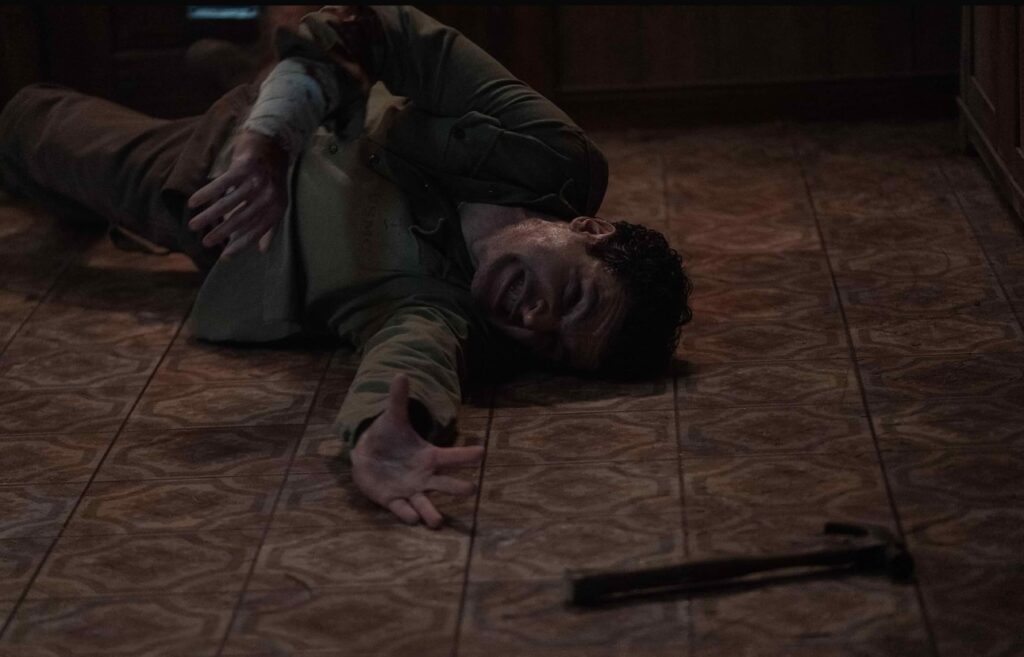
Wolf Man is set to be every bit the monstrous creature feature as this long-awaited new entry into the ‘Universal Monsters reimagined‘ series is at last upon us. The film examines the lycanthropic journey of Blake (Christopher Abbot), who was struck by an unknown beast. Wolf Man toys with its remote location and portrayals of family dynamics to create a story steeped in exploring the duality of human nature and the battle between control and chaos.
Want more top horror lists and reviews? Check out our blog here..






